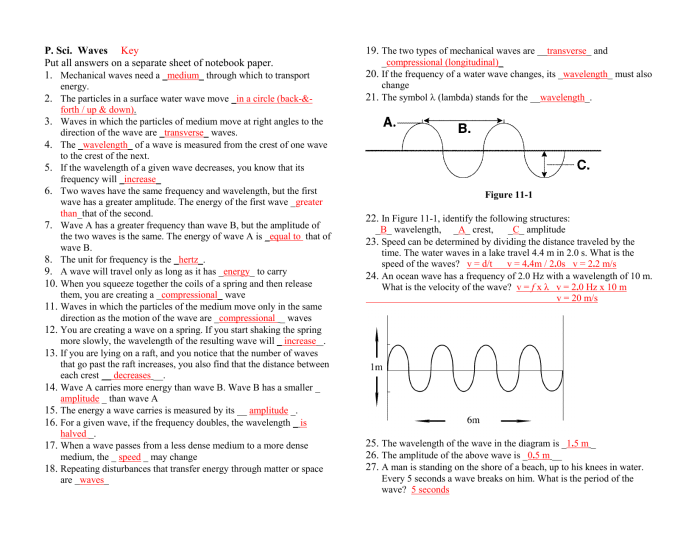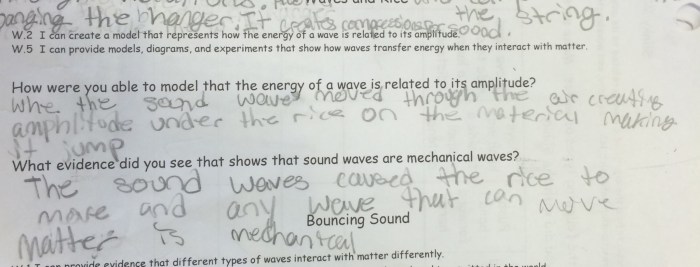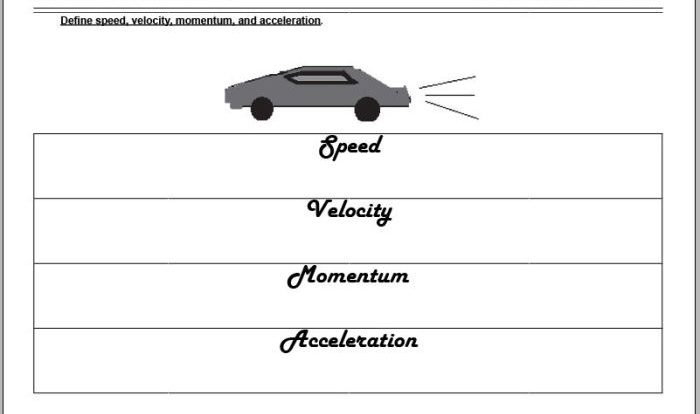Beginning with the Properties of Waves Worksheet Answer Key, this comprehensive guide delves into the captivating realm of waves, exploring their fundamental properties and diverse applications. From defining amplitude, wavelength, frequency, and period to examining wave interactions and their impact on wave behavior, this narrative unravels the intricate world of waves with clarity and precision.
As we journey through this guide, we will uncover the practical significance of waves in communication, medicine, and energy production, demonstrating how their unique properties are harnessed to advance technology and improve our lives. With a detailed answer key to the “Properties of Waves Worksheet,” this guide empowers readers with a deeper understanding of wave phenomena and their real-world implications.
Properties of Waves

Waves are disturbances that propagate energy through a medium. They exhibit various properties that describe their behavior and characteristics.
Amplitude
Amplitude is the maximum displacement of a wave from its equilibrium position. It determines the intensity or loudness of the wave.
Example:The height of a water wave or the loudness of a sound wave.
Wavelength
Wavelength is the distance between two consecutive crests or troughs of a wave. It determines the spatial periodicity of the wave.
Example:The distance between two peaks of a water wave or the distance between two adjacent nodes in a sound wave.
Frequency
Frequency is the number of oscillations or cycles that a wave completes in one second. It determines the pitch or color of the wave.
Example:The number of times a pendulum swings back and forth in one second or the frequency of a musical note.
Period, Properties of waves worksheet answer key
Period is the time taken for one complete oscillation or cycle of a wave. It is the reciprocal of frequency.
Example:The time it takes for a water wave to move from one crest to the next or the time it takes for a sound wave to complete one cycle.
General Inquiries: Properties Of Waves Worksheet Answer Key
What is the difference between amplitude and wavelength?
Amplitude refers to the maximum displacement of a wave from its equilibrium position, while wavelength represents the distance between two consecutive crests or troughs of a wave.
How does frequency affect the speed of a wave?
Frequency does not directly affect the speed of a wave. The speed of a wave is determined by the medium through which it travels.
What are the different types of wave interactions?
The main types of wave interactions include reflection, refraction, diffraction, and interference.
How are waves used in communication?
Waves are used in communication through technologies such as radio waves, microwaves, and fiber optics, which transmit information by modulating the properties of waves.


